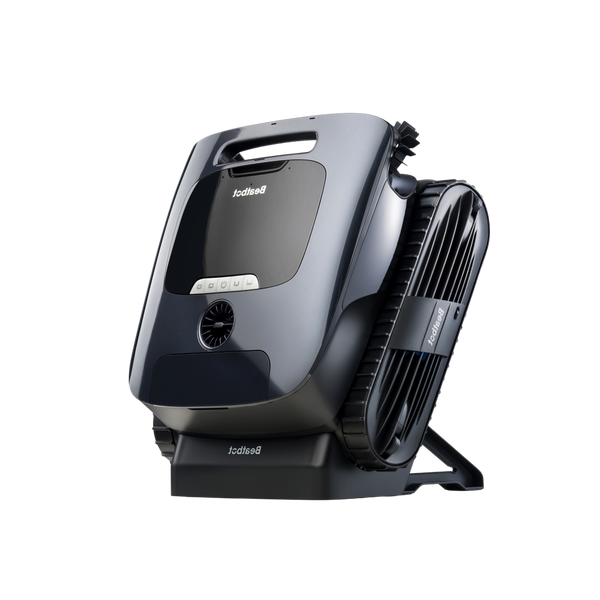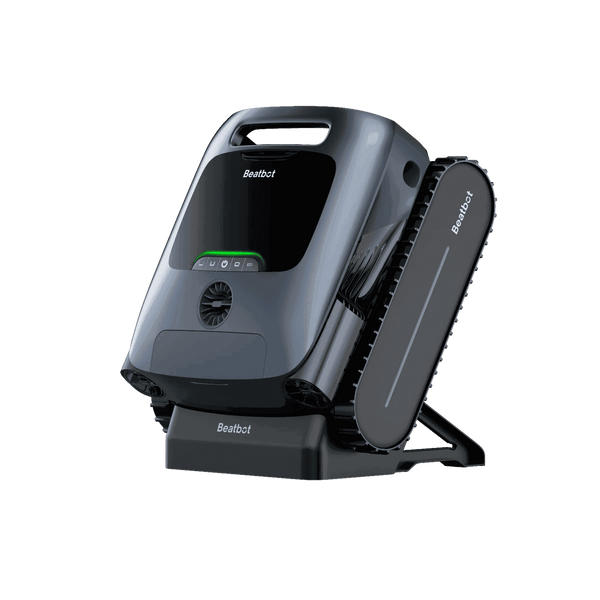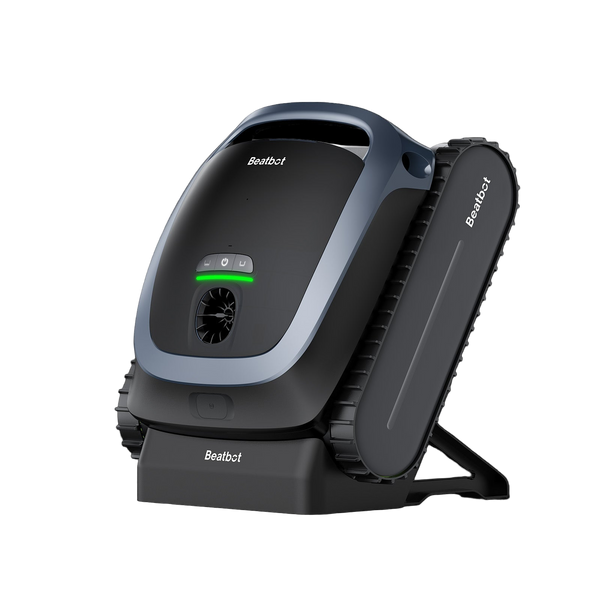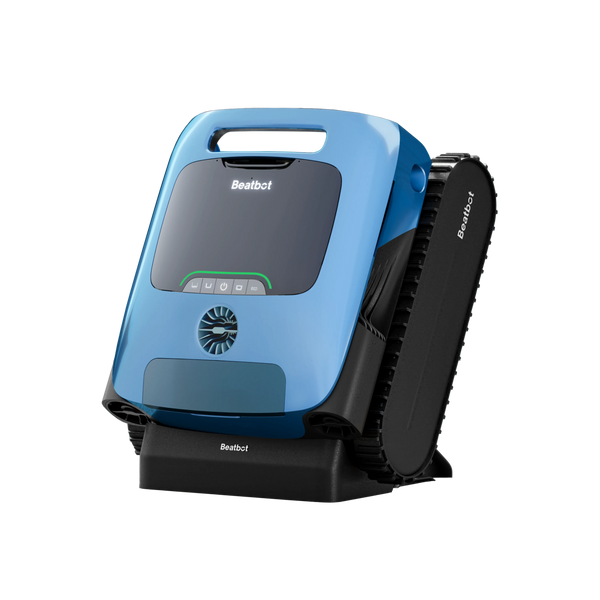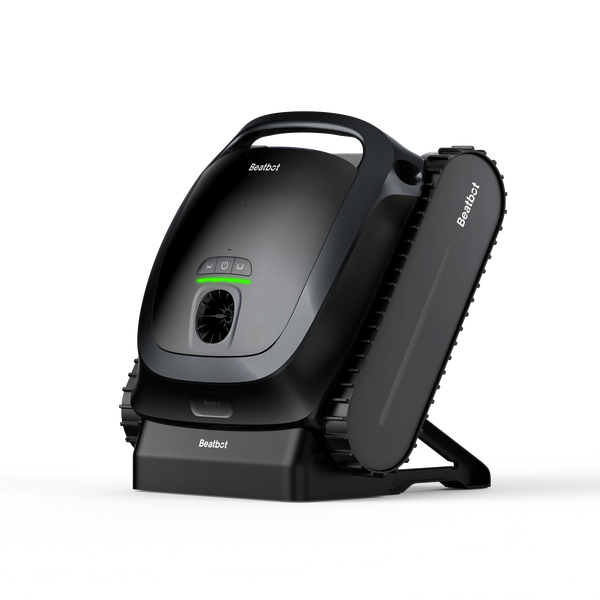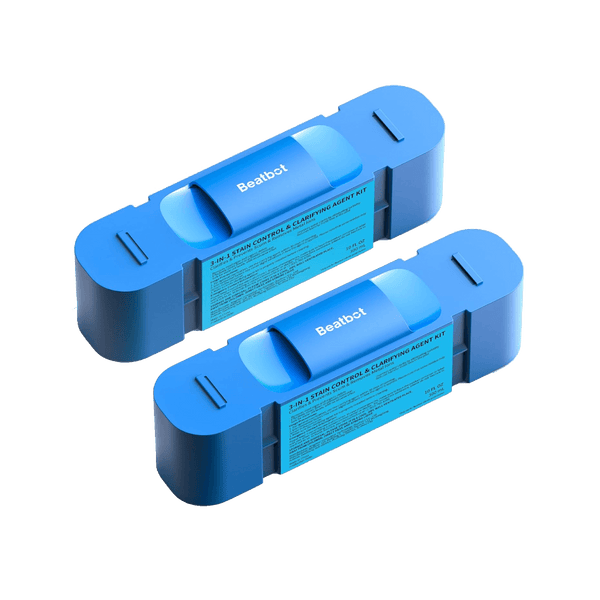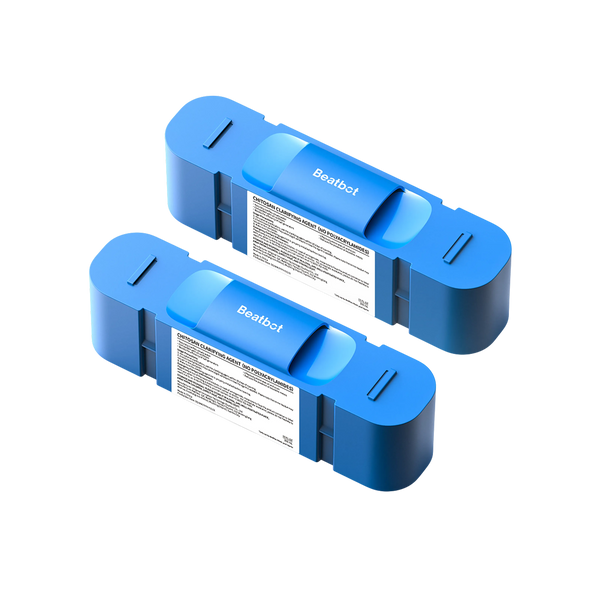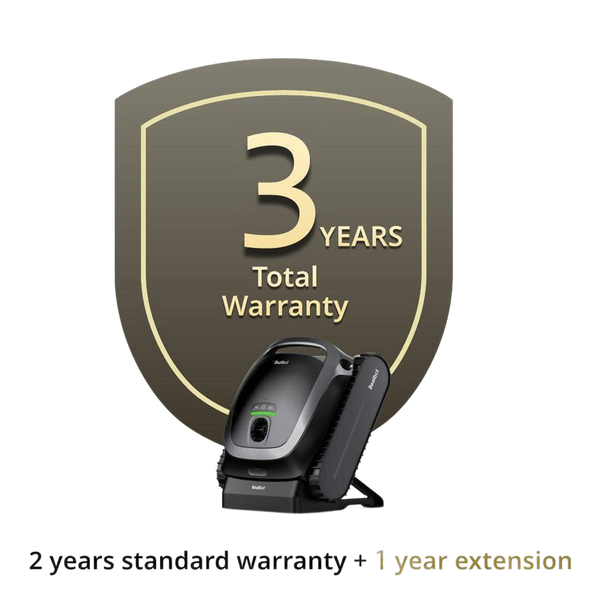What is the Ideal Wait Time Before Using Your Pool After Cleaning
Just cleaned your pool and can't wait to jump in? Hold that thought. Swimming too soon after pool cleaning ranks as one of the top mistakes pool owners make. Before you dive in, let's talk real numbers and solid facts about safe swimming after maintenance. You'd be surprised how many people guess wrong about this - and end up with red eyes or irritated skin.
Table of content

Different Types of Pool Cleaning Impact Wait Times
Shocking your pool? That's different from a simple vacuum job. Each cleaning method affects your wait time differently. Normal chlorine maintenance barely interrupts swim time, while major chemical treatments demand patience.Strong chemical cleaners need serious respect. They blast through contaminants but leave traces that take time to neutralize. Think of it like deep cleaning your kitchen - those powerful cleaners need proper ventilation time before you cook again.Mechanical cleaning changes things too. Vacuuming stirs up sediment that needs time to settle or filter out. Your pool might look clean right after, but those tiny particles can cloud your water for hours.
Chemical Balance: The Key to Safe Swimming
Pool chemicals don't play nice until they've had time to do their job. Fresh chlorine needs hours to disperse evenly through your pool. Rush this process, and you'll find yourself swimming in pockets of concentrated chemicals.pH levels bounce around after cleaning. Your body prefers water with pH similar to your tears - around 7.4. New chemicals take time to settle into this sweet spot. Jump in too soon, and your skin pays the price.Salt systems work differently than traditional chlorine. They produce gentler chemicals but still need adjustment time after cleaning. The conversion process from salt to chlorine doesn't happen instantly.
The Science of Wait Times
Water temperature changes everything. Hot days speed up chemical reactions, while cool temps slow them down. That's why your wait time might be shorter on a scorching summer afternoon than during a mild spring morning.Sunlight matters too. UV rays burn through chlorine fast, especially after shocking your pool. That's not just interesting science - it affects when you can safely swim. The sun's position and intensity influence how quickly chemicals stabilize.Pool size affects wait times in ways most owners forget. Bigger pools need more time for chemicals to circulate fully. A small plunge pool might be ready in hours, while your large family pool needs overnight settling.

Specific Scenarios: Real Wait Times You Need
After Shocking Your Pool
Pool shock demands the longest wait - no exceptions. High chlorine levels need 24-48 hours to drop to safe swimming levels. Test strips showing chlorine above 5 ppm mean stay out. Your lungs, eyes, and skin will thank you.
Regular Maintenance Cleaning
Routine cleaning with normal chlorine levels? Wait 30 minutes minimum. Let the filter cycle that freshly cleaned water. Multi-speed pumps need longer - run at high speed for better circulation during this time.
Algae Treatments
Killed off an algae bloom? Give it 4-6 hours minimum. Dead algae particles need time to either sink or filter out. Your water should pass the visibility test - if you can't see the drain covers, nobody swims.
Testing Your Water: Beyond the Basics
Skip those old test strips sitting in your garage. Heat and humidity wreck their accuracy. Fresh testing supplies tell the real story about your water's safety.Check these critical levels before anyone swims:
- Free chlorine: 1-3 ppm shows you're good
- Combined chlorine: Under 0.5 ppm means safe swimming
- pH: 7.2-7.6 keeps eyes happy
- Total alkalinity: 80-120 ppm prevents burning eyes
Digital testers beat strips for accuracy. They cost more upfront but save you from false readings that could ruin your swim day.

Ready to Swim? Watch for These Signs
Your nose knows. Fresh chlorine smell? Too strong - keep waiting. But don't trust smell alone. Clear water doesn't always mean safe water.Watch your returns. Strong water flow means chemicals keep mixing. Weak returns signal poor circulation - chemicals might collect in dead spots.Time of day changes everything. Early morning tests often show different results than afternoon checks. Sun exposure burns off chlorine fast, especially in shallow areas.Pool surface clarity tells truths that tests miss. Grab your phone's flashlight. Shine it on pool walls at night. Spotty or cloudy patches mean wait longer - chemicals haven't finished their job.
Safety Tips That Actually Matter
Kids and chemicals need extra attention. Their sensitive skin reacts faster to chemical imbalances. Watch for shivering - it's not always about water temperature. Sometimes chemical irritation makes kids cold faster than adults.Medical conditions change wait times. Asthma sufferers need longer waits after shocking. Heart medications might interact with pool chemicals. Consult your doctor about specific wait times if you take prescription meds.Pregnant swimmers need special care. Fresh chemicals affect morning sickness. Wait until chlorine levels drop below 2 ppm for comfortable swimming during pregnancy.
Professional Guidelines You Can Trust
Skip the old wives' tales. That green hair myth? It's not about chlorine - copper causes that. And red eyes? Usually wrong pH, not high chlorine.Public pools follow strict rules for good reasons. They test hourly during peak times. Copy their thoroughness. Write down your test results. Track patterns. Notice what works.Night swimming needs extra caution. Chemical readings change after sunset. Test again if you've waited several hours. Summer heat speeds up chemical reactions - winter slows them down.
Smart Pool Management
Timing matters more than you think. Clean your pool early morning or late evening. Avoid mid-day maintenance when sun affects chemical stability.Plan ahead for pool parties. Clean two days before big events. This gives you buffer time if something goes wrong. Keep spare test kits handy. Store them inside, away from heat and light.
Bottom Line: Safety First
Remember these key points:
- Different cleaning methods need different wait times
- Fresh test supplies give trustworthy results
- When in doubt, wait longer
- Weather affects chemical settling time
Your pool should bring joy, not worry. Follow these guidelines, and you'll keep swimming safe all season. Questions about specific situations? Our pool experts stay current on latest safety standards.Stay safe, swim smart, and enjoy your crystal-clear pool the right way.
Relative Blogs
About the author
